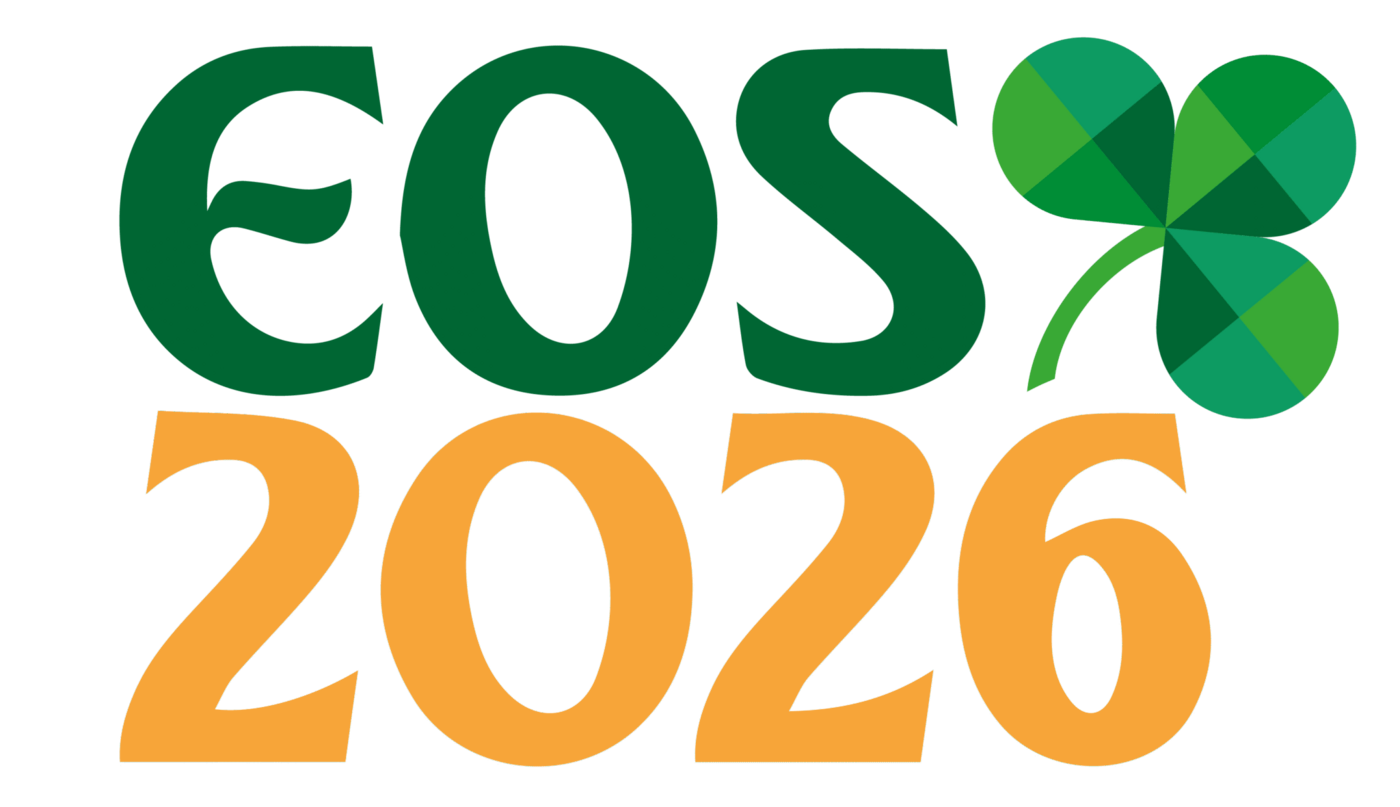Italy
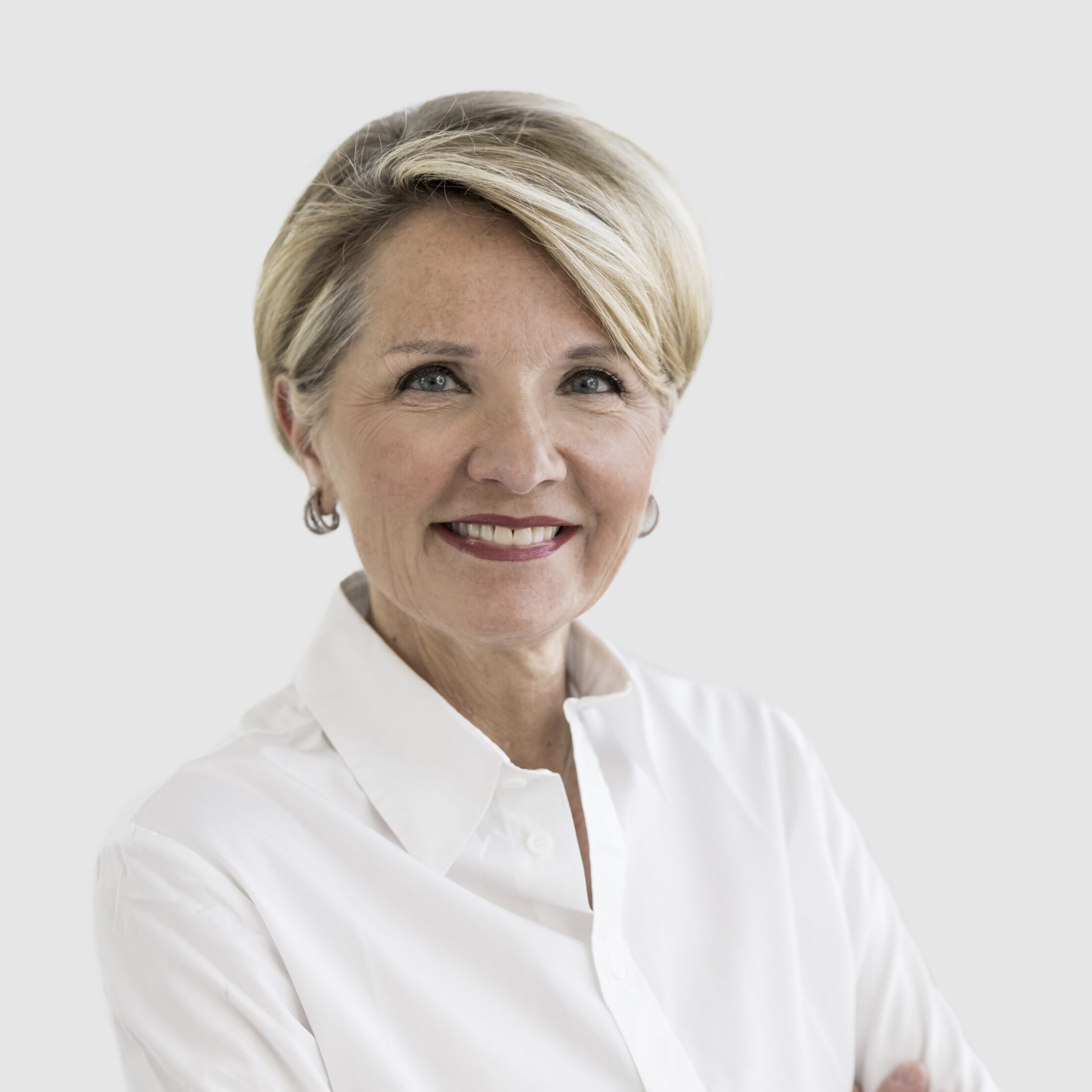
Ute Schneider-Moser
Speaker Biography
Dr. Ute Schneider-Moser has been running a busy practice exclusively limited to orthodontics together with her husband Lorenz Moser for 40 years in Bolzano, Italy. Their office motto DO MORE WITH LESS expresses their pursuit for providing clinical excellence with simple but efficient treatments, mostly relying on traditional orthodontic biomechanics, common sense, and scientific evidence.
She lectures at the University of Ferrara, Italy and is a Clinical Associate Professor at the University of Pennsylvania UPENN.
Dr. Schneider-Moser is a Past President of the Italian Society of Orthodontics SIDO, of the Italian Academy of Orthodontics AIDOR and of the Eastern Chapter of the E.H. Angle Society of Orthodontics EHASO.
She is a diplomate of the Italian Board of Orthodontics IBO and an Associate Editor of Seminars in Orthodontics and the Journal of Esthetic and Restorative Dentistry.
Course details
In this presentation we will review the evolution of the straight wire appliance and its mechanics and how that has led to the more recent introduction of temporary implant supported skeletal anchorage.
The presenters will report on their experience of decades of trial and error in developing effective biomechanics initially with the straight wire appliance and subsequently how this has evolved to the introduction of skeletal anchorage.
Dr. Daly will share his early experiences of the implementation of skeletal anchorage and his initial successes and failures. He will then elaborate on how the use of 3D technology has helped to streamline and optimize both temporary placement and subsequent appliance fabrication and placement.
Together they will explain simple and practical ideas and illustrate protocols for the resolution of malocclusions using both these old and new techniques including clear and simple ways of implementing skeletal anchorage into your daily orthodontic practice for the benefit of both you and your patients.
This course will
- Simplify your understanding of the advantages and disadvantages of skeletal anchorage
- Help you to choose the appropriate skeletal anchorage for different malocclusions
- Show you how to create YOUR team to effectively produce and place skeletal anchorage
Learning Objectives
- How to decide when skeletal anchorage offers advantages to you and to your patients
- A summary of the evolution of straight wire mechanics and its applications to skeletal anchorage
- How to use 3D technology for the implementation and application of skeletal anchorage
- How to design and apply effective straight wire biomechanics and when to use skeletal anchorage
Presentation
3D guided skeletal anchorage versus conventional straight wire mechanics – when is it really better for our patients?
3D guided skeletal anchorage versus conventional straight wire mechanics – when is it really better for our patients?
Other Speakers
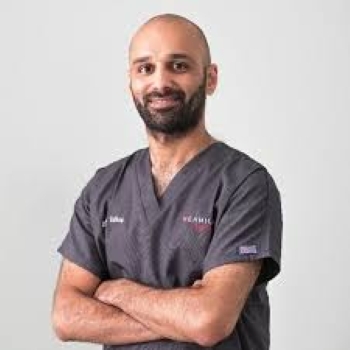
Further information coming soon.
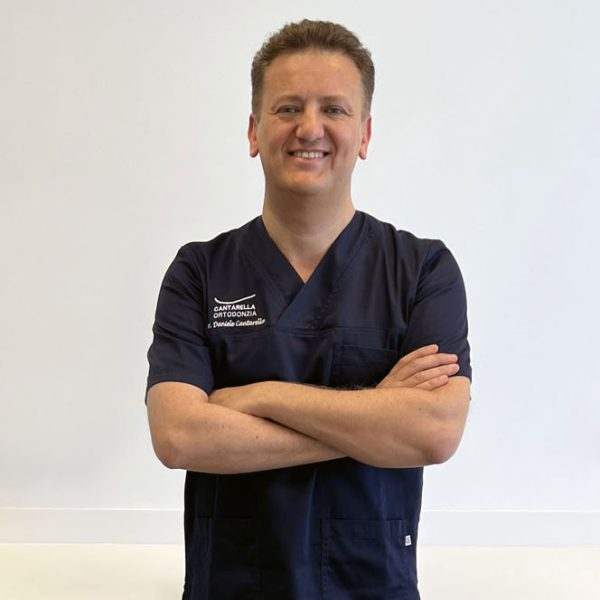
Dr. Daniele Cantarella is an international speaker in the field of Orthodontics. He received the...
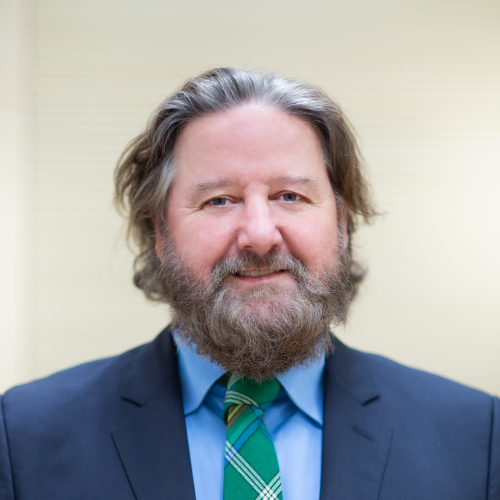
Colman McGrath is a Clinical Professor and the Chief of the Applied Oral Sciences &...
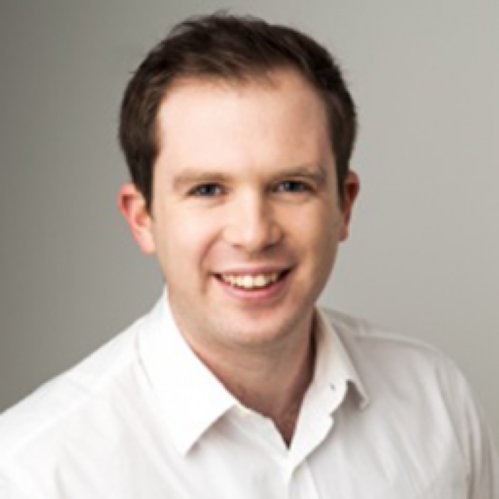
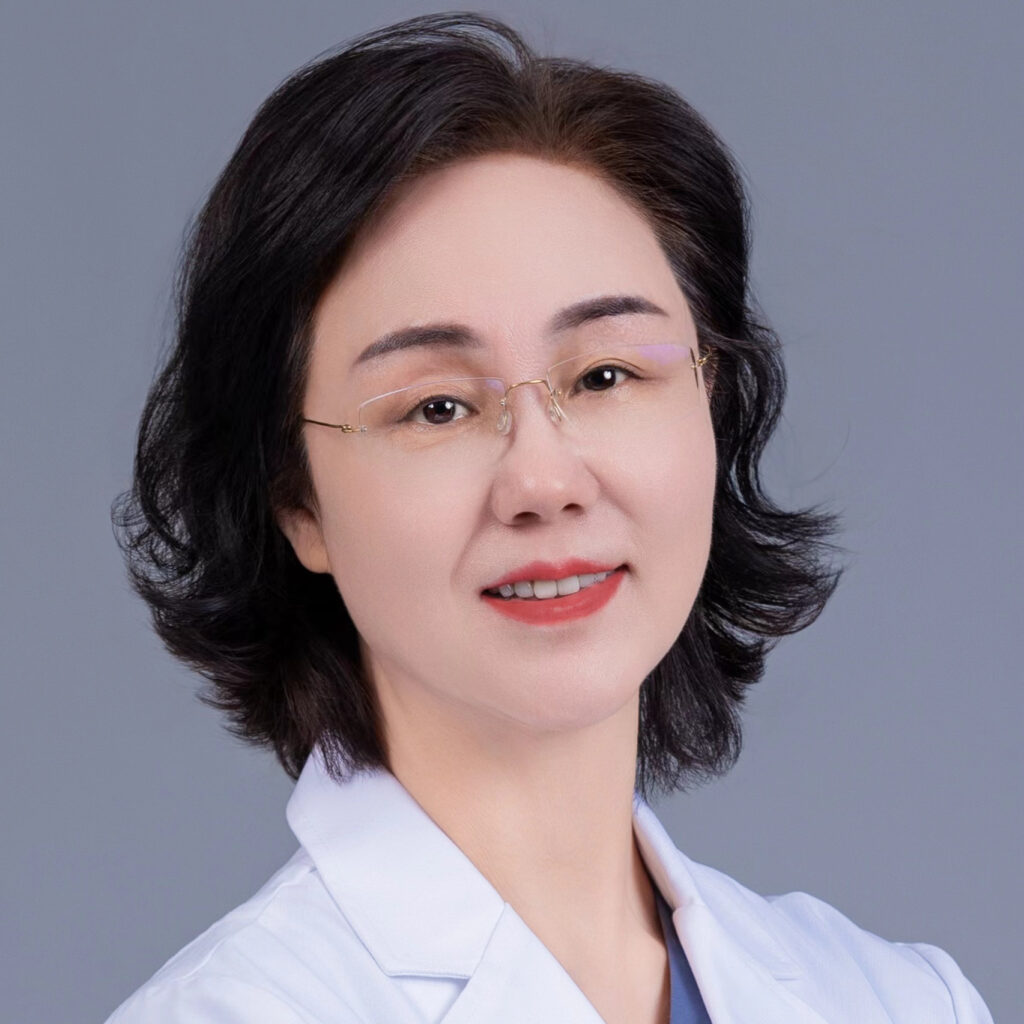
- Professor, chief physician, PhD supervisor.
- Director of the Orthodontic Teaching and Research Department,...
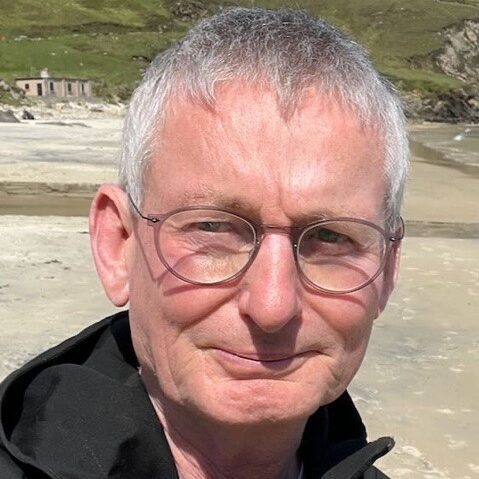
Kevin O’Brien Emeritus Professor of Orthodontics at the University of Manchester UK.
Kevin was appointed...
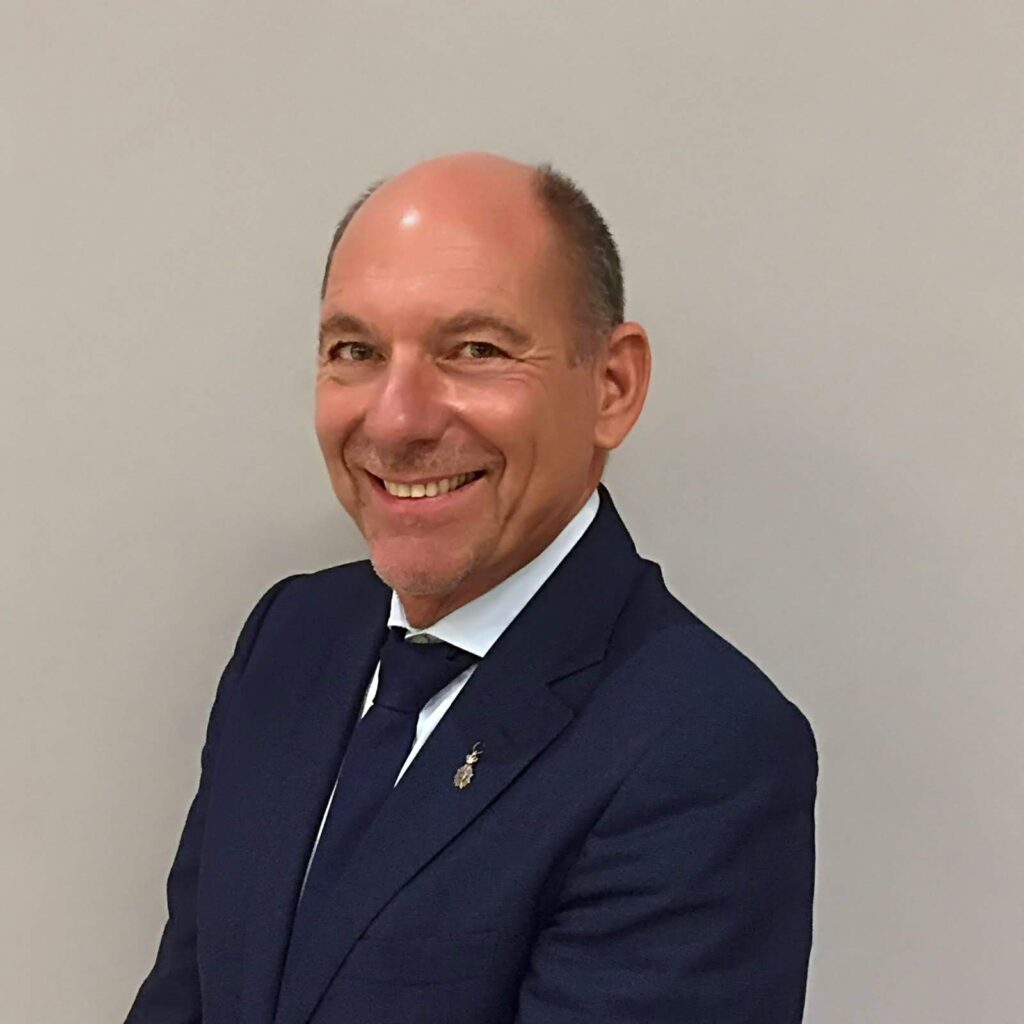
Prof. Bart Vande Vannet is Professor of Dento-Facial Orthopaedics at the Université de Lorraine, Nancy,...
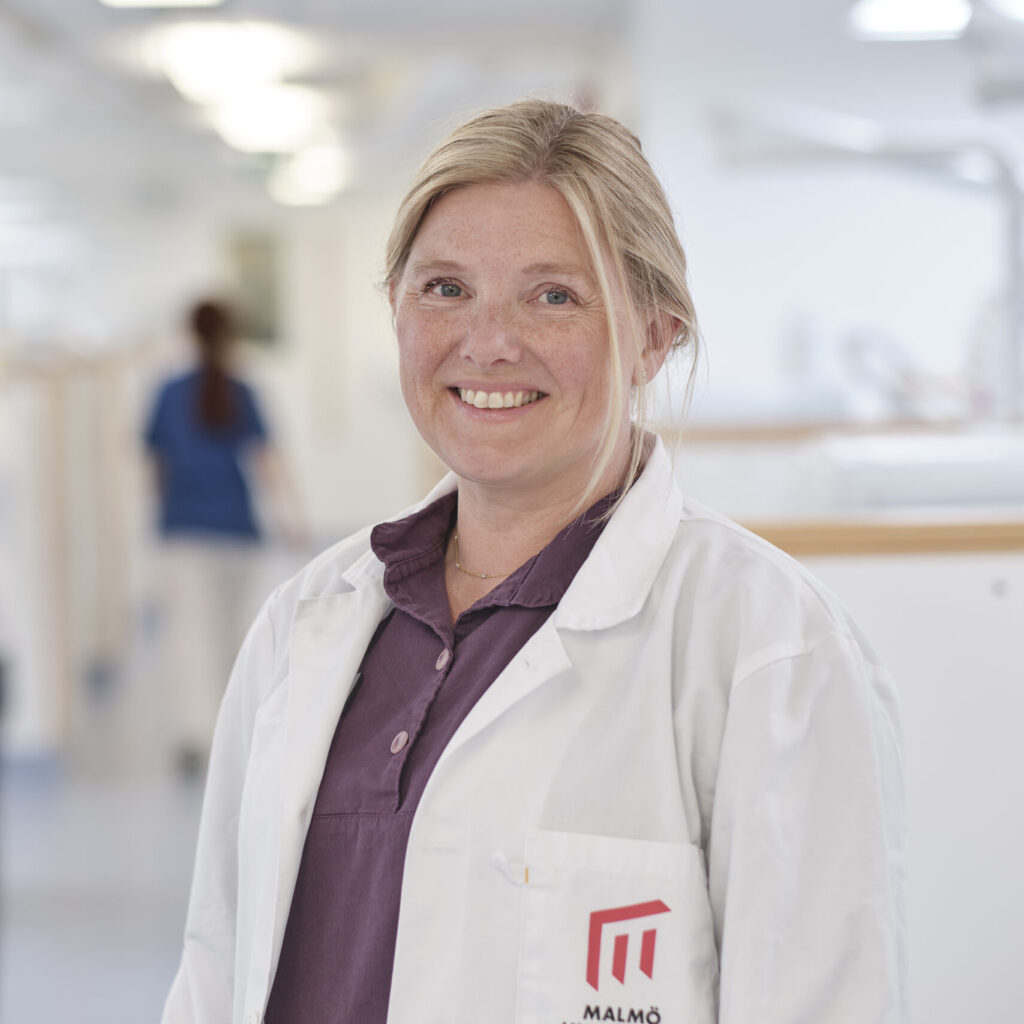
Associate Professor Liselotte Paulsson (Björnsson) is Chair and Director of the Postgraduate Program in Orthodontics...
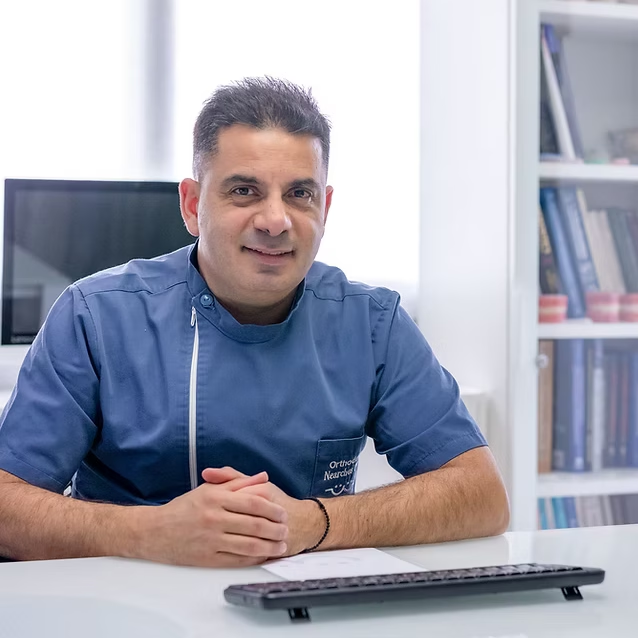
Nearchos C. Panayi, is an orthodontist based in Limassol, Cyprus. He is an assistant Professor...
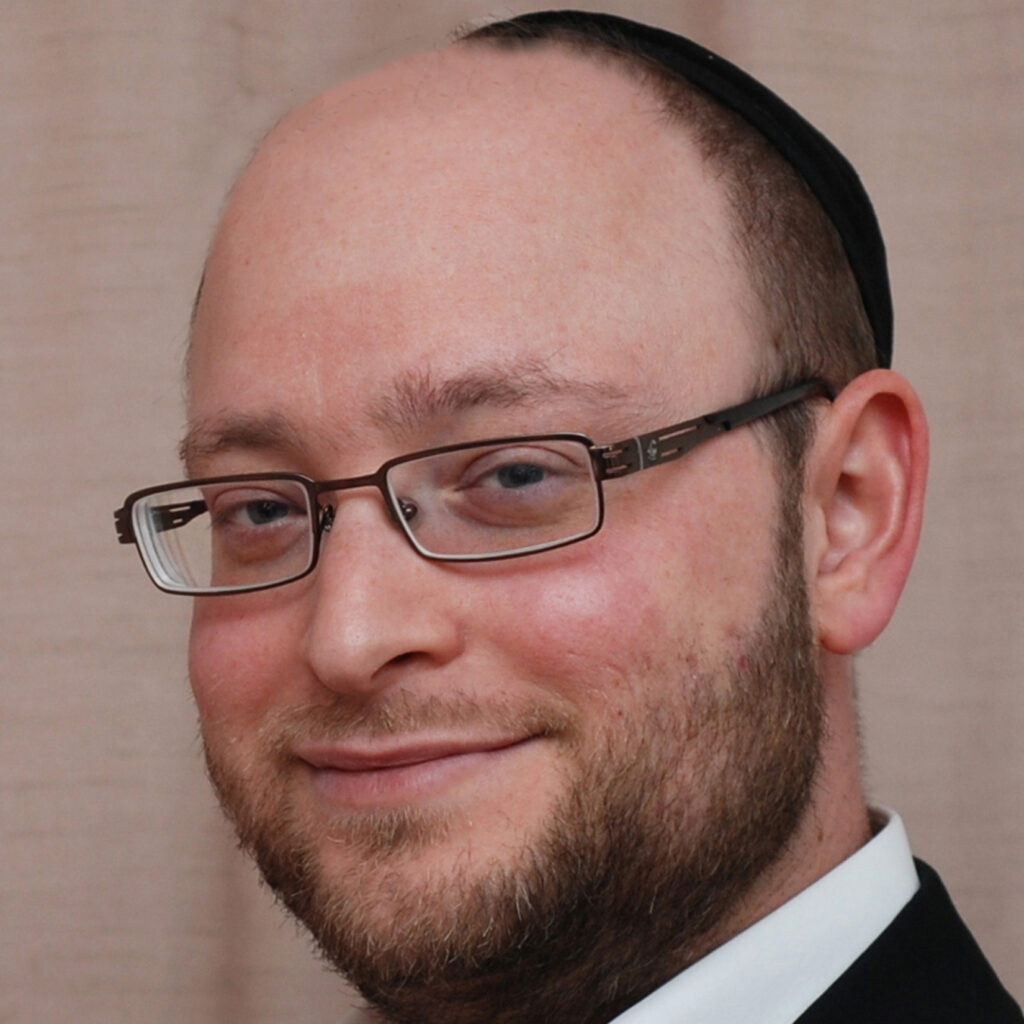
Prof. Raphael Patcas is a Swiss board-certified orthodontist who has been jointly responsible for the...
